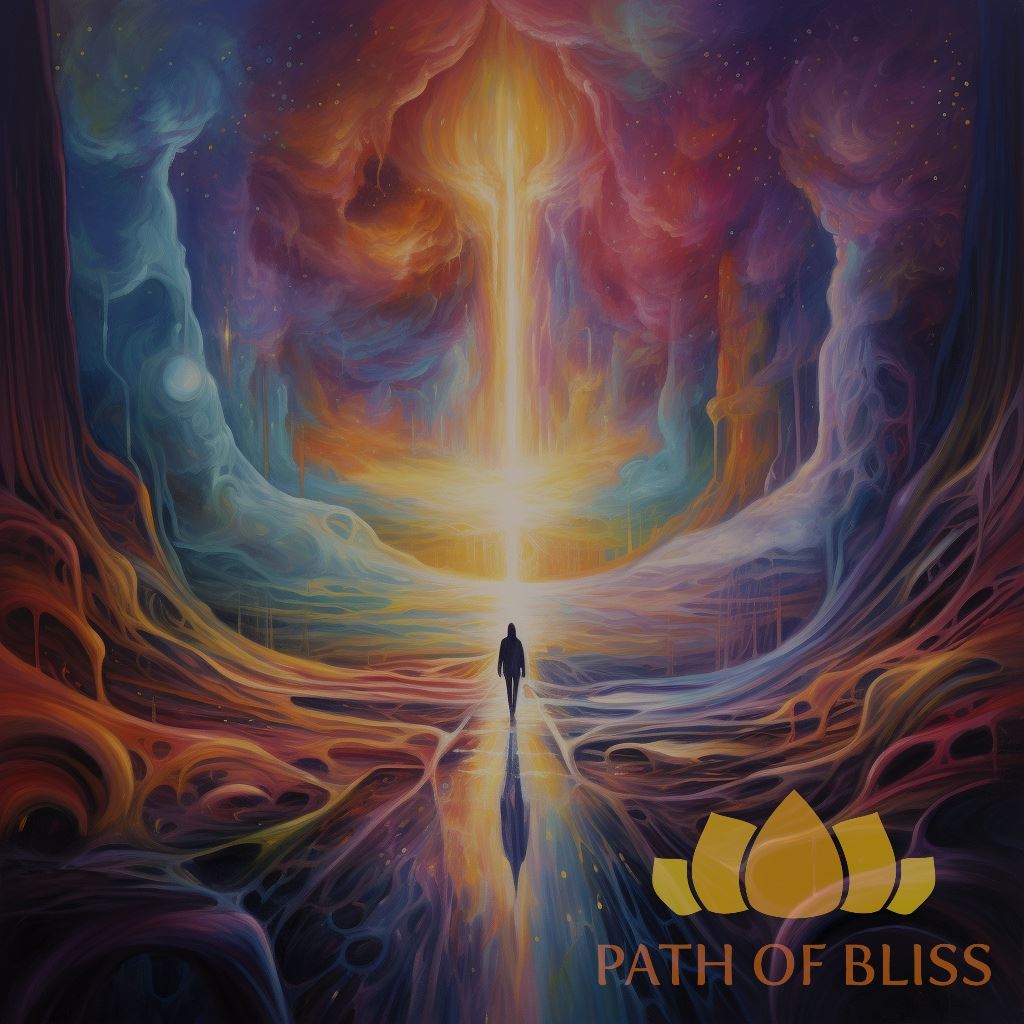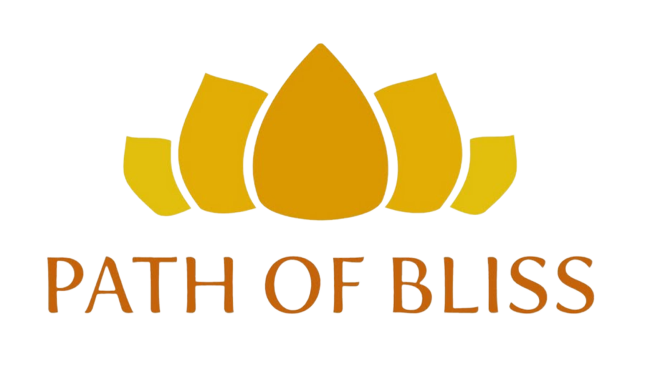In our fast-paced modern society, the pursuit of material possessions and worldly success often takes center stage. The allure of ownership and the promise of a better life through material goods are continuously marketed to us. From the latest gadgets to luxurious cars and extravagant homes, we are constantly encouraged to acquire more.
Even ancient spiritual practices like meditation and yoga have not been spared from this materialistic approach. They have been commercialized and transformed into tools for stress management or productivity enhancement. The true essence of spirituality seems to have been overshadowed by the desire for external achievements and societal expectations.
From an early age, we are conditioned to follow a predefined path. Starting from kindergarten, we are indoctrinated to conform to societal norms. As we progress through high school and college, the pressure to excel and secure well-paying jobs mounts. We find ourselves burdened with loans and commitments, driving us to relentlessly pursue success in our careers.
The pursuit of material possessions and the relentless pursuit of career success leave little room for introspection or questioning the true purpose of our lives. The system encourages us to be constantly busy, with no time to pause, reflect, or explore our inner selves.
This is not new. When I finished college, I was doing an internship in a company. There were four interns, and they were going to hire three of us. Although we were friends, we were also made competitors. Each one had to impress more to be hired. At that time, I got involved with Yoga and meditation, which proved to be a lifesaver for me. I took a short time off to attend a weekend retreat, and my boss had no problem with it. However, later on, when it was time to decide who should be let go, I was called by the boss and told that they had decided to let me go because I had other interests and had taken time off for that. They wanted people who considered their job and the company the most important thing.
Amidst this chaotic and materialistic existence, it is possible to seek solace in spirituality. It is possible to realize that there is more to life than the accumulation of possessions and the pursuit of external achievements. It is possible to understand that true fulfillment lies in nourishing the spirit and nurturing the soul.
Spirituality provides a pathway to inner peace, contentment, and genuine happiness. It is a journey of self-discovery and self-awareness. Instead of seeking validation from the outside world, spiritual seekers turn inward to find their true selves and connect with something greater than themselves.
The subtle nature of spiritual wealth makes it difficult to quantify in material terms. Unlike physical possessions, spiritual growth cannot be measured in monetary value or external accolades. It is a personal journey that defies societal norms and expectations.

However, for spirituality to flourish and have a positive impact on the world, it needs an infrastructure. It requires locations, centers, communication, and dedicated individuals working towards its propagation. Just as materialism invests resources to convince people of its greatness, spirituality also needs resources to awaken people to the purpose of life.
If you are a spiritualist or aspire to be one, then investing your personal resources into spirituality becomes essential. Whether it be financial, intellectual, or the capacity to work, contributing to spirituality helps it grow and spread its influence.
However, it is a misconception to assume that spirituality should be entirely free or affordable to all at minimal cost. By undervaluing spiritual resources, we risk starving the efforts to propagate spirituality while allowing materialists to hoard resources for their own gain. Yes, nobody should be denied the chance to learn about spirituality. Those who lack resources should be supported and sponsored, but those who have financial, intelectual, or other resources should contribute to the spiritual cause, to their capacity.
While it is true that spiritualists cultivate qualities such as compassion, empathy, gratitude, and humility, they must also cultivate strength and a fighting spirit. Materialists may not be moved solely by compassion and change their ways; circumstantial pressure and societal activism may be necessary to challenge the status quo.
Spirituality should not be viewed solely as a personal, individual affair as propagated by materialism. True spirituality is a social affair, a vision for the society we desire to live in. It is not enough to be a spiritualist in a materialist society; we need to work collectively to bring about a shift in the consciousness of the whole society.
Young people, especially, need to awaken to the importance of spirituality. Choosing a life driven by purpose and inner growth instead of material accumulation can lead to a more fulfilling and meaningful existence. That does not mean negation of the material world but its proper utilization.
To truly invest in spirituality is to invest in oneself—to discover the essence of who we are, to connect with our true purpose, and to lead lives that align with our values and beliefs. It is a journey that demands courage, introspection, and a willingness to challenge societal norms.
As we prioritize our spiritual well-being, we liberate ourselves from the shackles of materialism and find freedom in embracing our authentic selves. It is not against spirituality to have a wealthy society that can sustain its members, provide comfort, and well-being. In fact, a society of spiritualists will be able to share resources more equitably, benefiting everyone. However, this vision will not be handed to us by the materially privileged; it requires our active involvement and collective effort.
The idea is not to shun material resources but to use them for spiritual purpose and societal betterment. As we unite in the pursuit of spirituality, we can foster a world where true fulfillment and inner peace prevail, a world we all long to live in.
In this context personal discipline plays a fundamental role. We need to be able to control our minds and bodies. We need to be able to guide ourselves from the higher layers of our mind. Spiritual practice is essential for this personal development.

